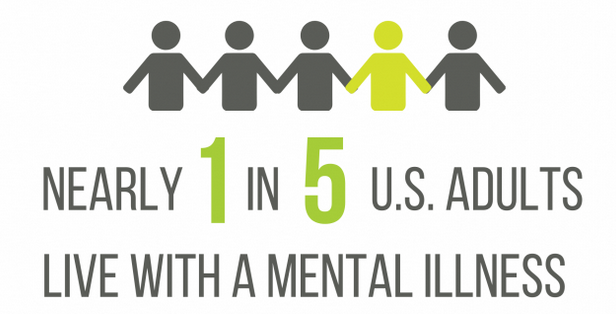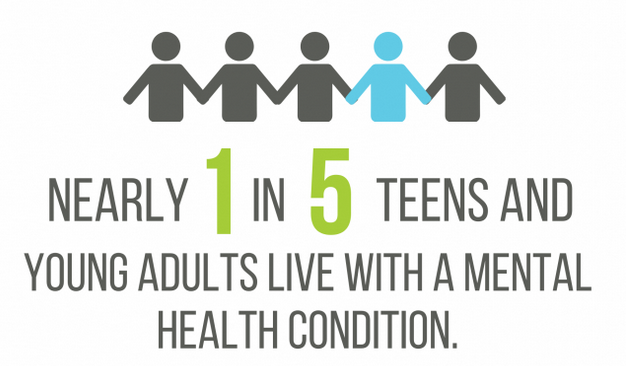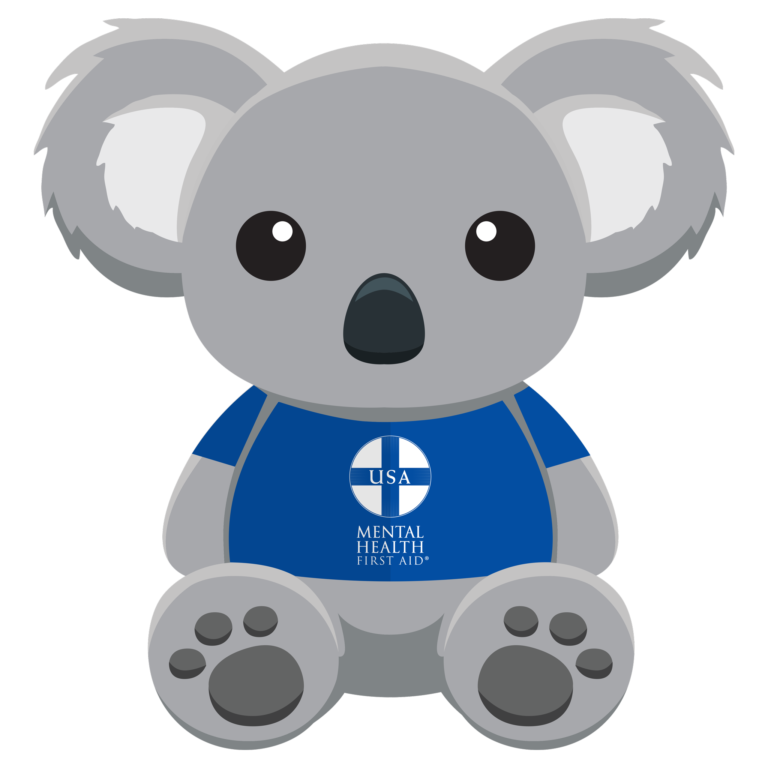Adult Mental Health First Aid Training
Mental Health First Aid teach you how to identify, understand and respond to the signs of mental illness and substance use disorders.
This 8-hour training gives you the skills you need to reach out and provide initial support to someone who may be developing a mental health or substance use problem and help connect them to appropriate care.
This training is FREE for attendees within our service area. See a list of counties within our service area below.

What Mental Health First Aid Covers
Common signs and symptoms of mental illness
Common signs and symptoms of substance use
How to interact with a person in crisis
How to connect the person with help
How to administer naloxone in the event of an opioid overdose
Much much more!
The ALGEE Action Plan
This course will teach you how to apply the ALGEE Action Plan. Learn more about ALGEE below.
Youth Mental Health First Aid Training
Youth Mental Health First Aid teaches you how to identify, understand and respond to signs of mental illness and substance use disorders. This 8-hour training give adults who work with youth the skills they need to reach out and provide initial support to adolescents (ages 12-18) who may be developing a mental health or substance use problem and help connect them to the appropriate care.
This training is FREE for attendees within our service area. See a list of counties within our service area below.

What Mental Health First Aid Covers
Common signs and symptoms of mental illness
Common signs and symptoms of substance use
How to interact with a person in crisis
How to connect the person with help
How to administer naloxone in the event of an opioid overdose
Much much more!
Three Options for Classes
Mental Health First Aid is now offering three different options to take its course. See the options below.

This product was developed [in part] under grant number 1H79SM08XXXX from the Substance Abuse and Mental Health Services Administration (SAMHSA), U.S. Department of Health and Human Services (HHS). The views, policies and opinions expressed are those of the authors and do not necessarily reflect those of SAMHSA or HHS.
